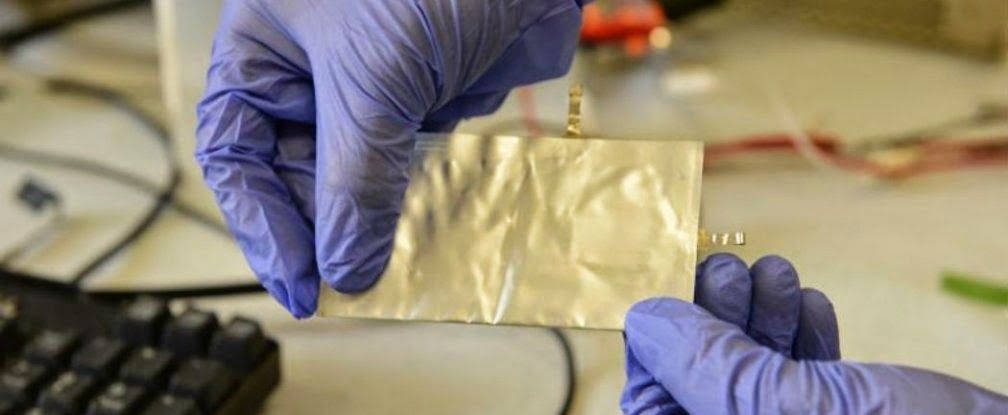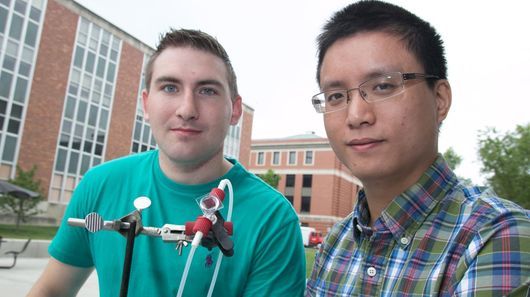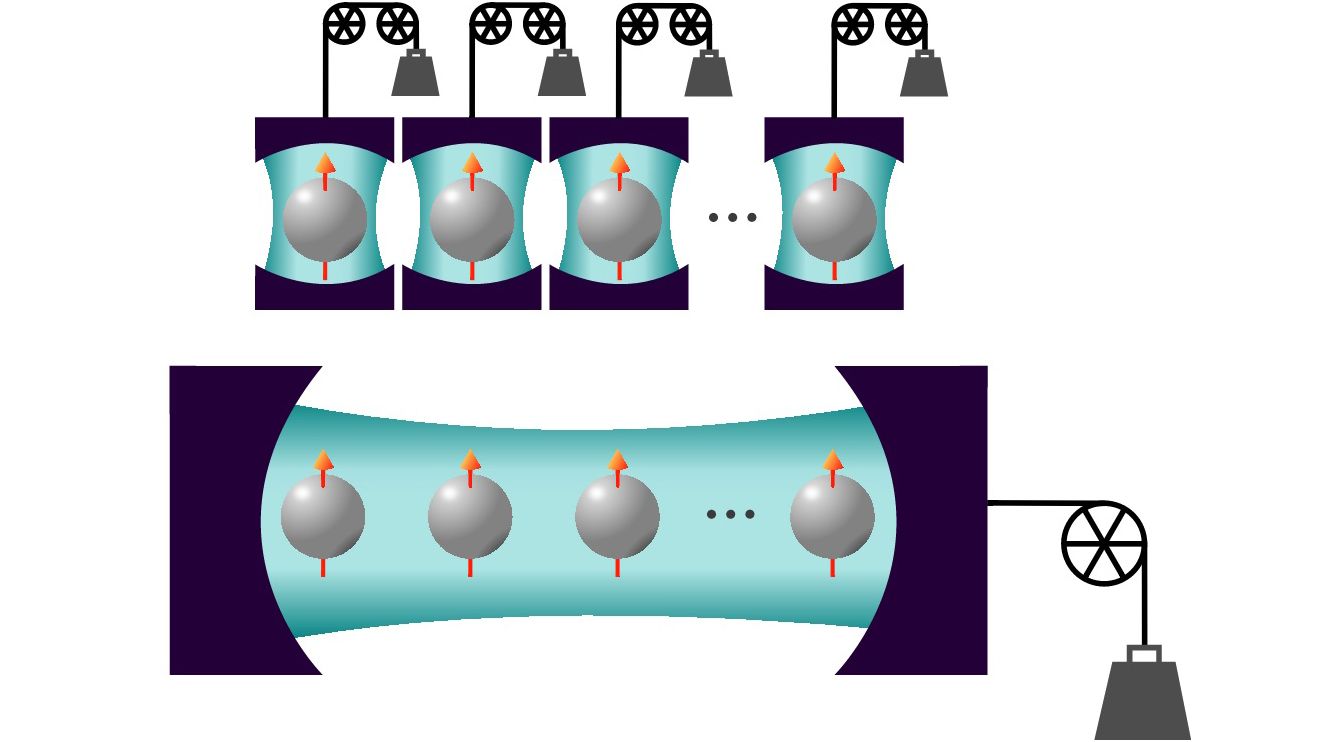Aug 4, 2015
From the Earth to the Moon: 1865/1968
Posted by Johnny Boston in categories: alien life, astronomy, space, space travel
How does science fiction become science fact? Often the link between art and science can be hard to pin down. It can be unclear if science fiction is actually influencing science or merely observing it, giving the public sneak peaks into the implications of scientist’s work.
But some work of science fiction create direct links to the future. As a young man in Russia, Konstantin Tsiolkovsky read a translation of Jules Verne’s ‘From the Earth to the Moon.” And although Verne’s plan to get to the moon wouldn’t have worked, the novel had just enough science mixed in with its romance to make the central idea seem plausible. Tsiolkovsky became obsessed with the idea of spaceflight, and his life’s work created the foundations of modern rocketry.
One hundred years after Verne wrote his novel, a group of individuals who had been inspired by Verne’s fantasy as children launched a voyage to the moon.
















